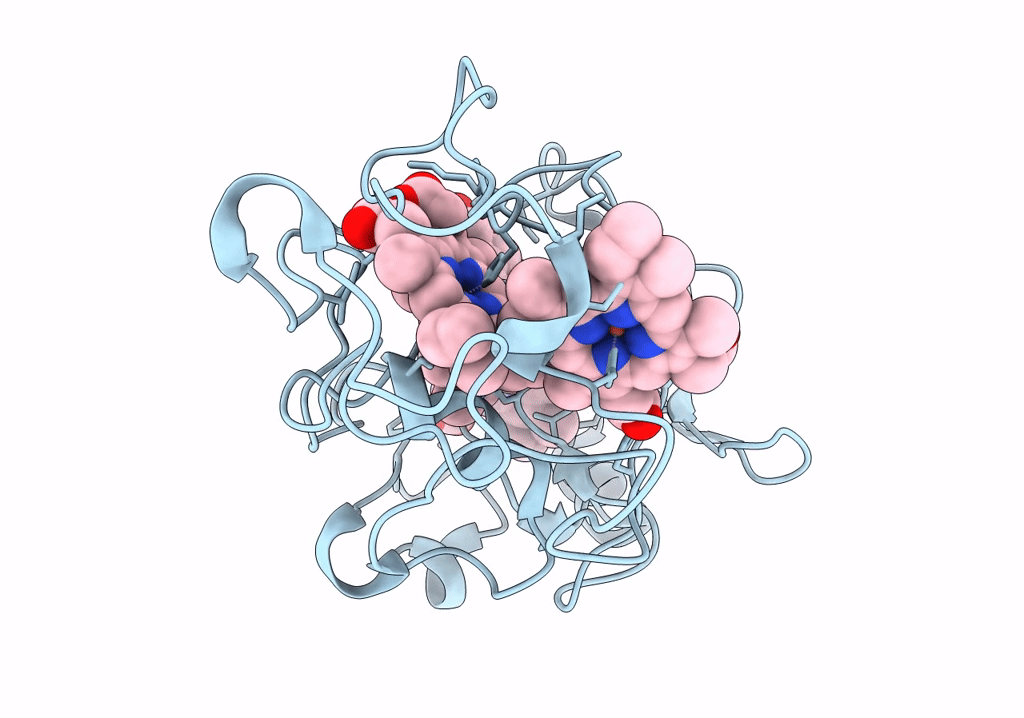
Deposition Date
2022-01-07
Release Date
2022-05-04
Last Version Date
2025-05-14
Entry Detail
PDB ID:
7TFS
Keywords:
Title:
Cryo-EM of the OmcE nanowires from Geobacter sulfurreducens
Biological Source:
Source Organism:
Geobacter sulfurreducens (Taxon ID: 35554)
Method Details:
Experimental Method:
Resolution:
4.30 Å
Aggregation State:
FILAMENT
Reconstruction Method:
HELICAL


